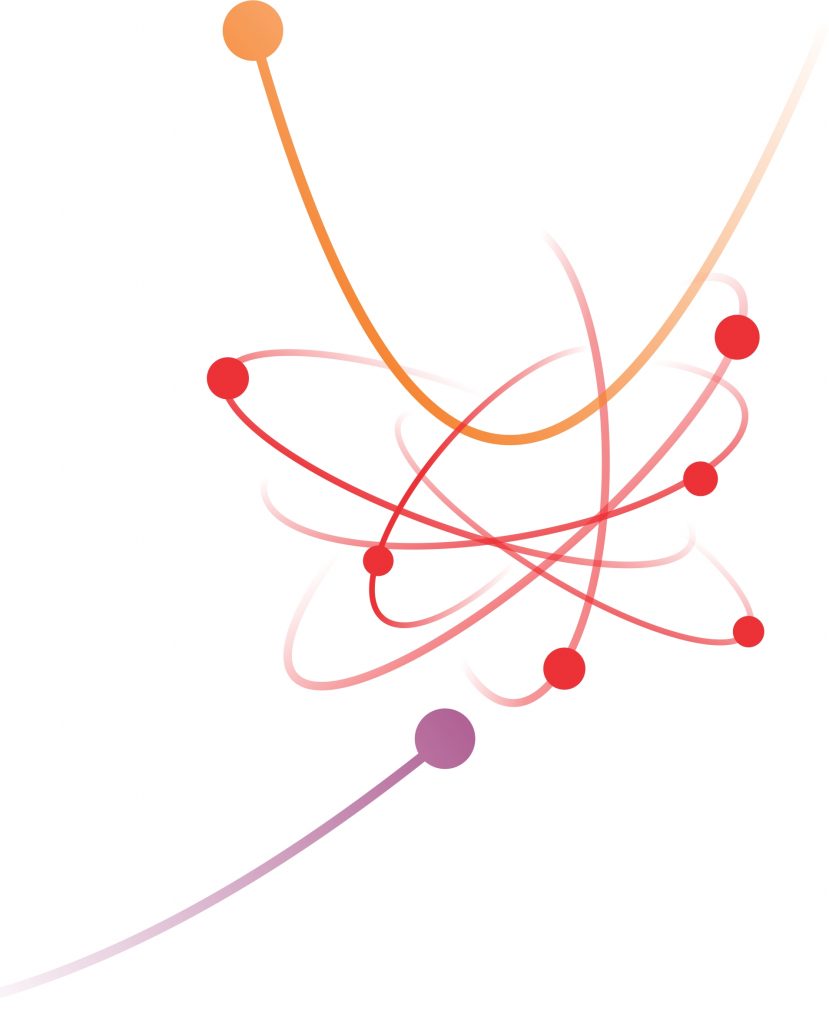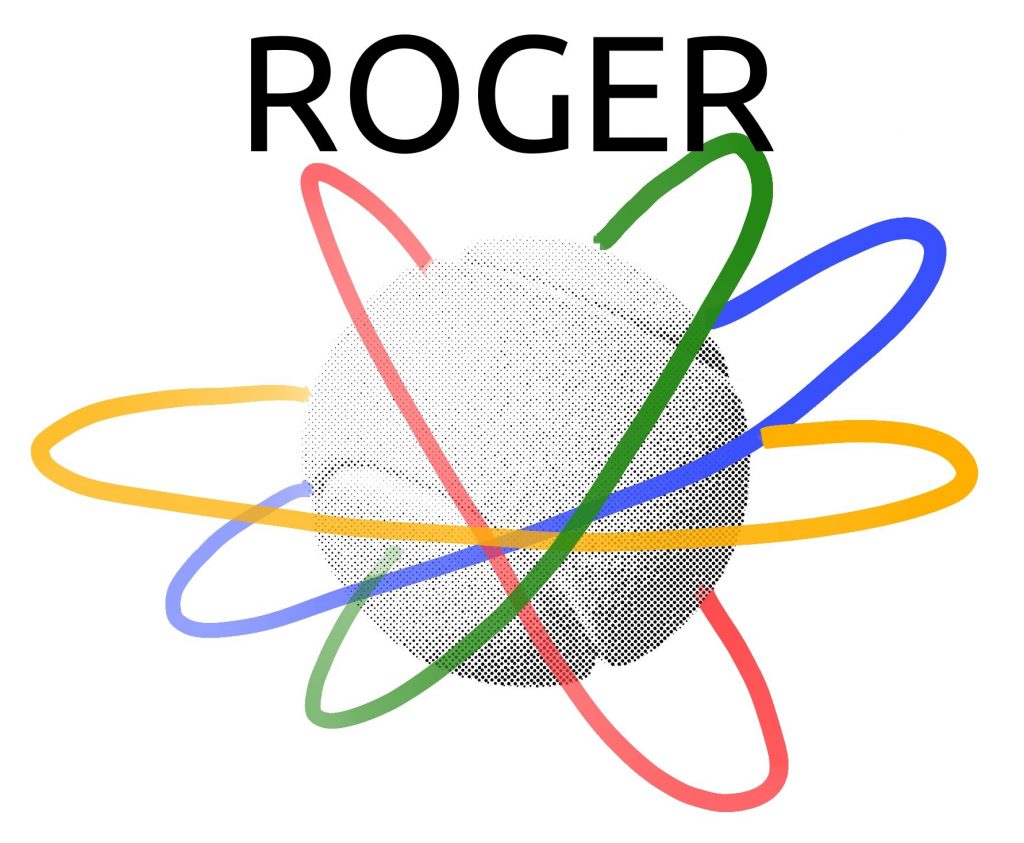A research team from the Institute of Theoretical and Experimental Astronomy (IATE), with the collaboration of researchers from La Plata and Chile, developed a machine learning method that allows the reconstruction of the galaxy orbits from their observed positions.
By Facundo Rodriguez
facundo.rodriguez@unc.edu.ar
Galaxies tend to cluster and form systems ranging from small groups of members to clusters with large numbers of galaxies. It is possible to study which galaxies form these systems from their movement because those galaxies which rotate around a centre are part of the same cluster. However, analysing this is not so simple because although some galaxies are attracted to a group, and are also moving towards the system, they are not yet part of it. Others follow even stranger trajectories, entering into a system and then exiting it again. It is these latter galaxies that have motivated the study.
Motivation
"Our interest is to be able to study the properties of galaxies in systems and, in particular, those that enter into a group and then leave it; but, to be able to study them, we first need to identify them," says Valeria Coenda, a researcher at IATE specialising in Extragalactic Astronomy.

With observations, it is possible to determine the position and velocity of galaxies, but this is not sufficient to perform a reconstruction of their trajectories. "We decided to use computer models that give us three-dimensional information about the orbits that galaxies follow, and from this, we developed a method that we can then apply to the observations," states Julian Martinez, an IATE researcher who has carried out several studies of galaxies and galaxy systems.
Artificial Intelligence
The classification of the galaxies according to their orbits was carried out using three artificial intelligence techniques that allow us to learn from the data. "We use what is called supervised automatic learning and, from the three-dimensional orbits, we obtain the classifications according to the velocity and the position relative to the cluster, which is what we have in the observations", explains Martín de los Rios, who has implemented these methods, has done his PhD at IATE and is currently doing a postdoctoral project at the International Centre for Theoretical Physics – South American Institute for Fundamental Research (ICTP-SAIFR). "It is called supervisado supervised because it uses a set of data from which its classification is known, in this case, the different classes of galaxies, and it is used to train the system that performs the classification", adds Martín.
This work was recently accepted for publication in the Monthly Notices of the Royal Astronomical Society journal and will allow the team to continue this line of research, and from the classification of their orbits, to explore the properties of the galaxies inside and outside the systems, how they reach the groups, and what changes the galaxies entering and leaving the clusters undergo.
In addition to the members already mentioned, the working group includes Hernán Muriel and Andrés Ruíz from IATE, Sofía Cora, a researcher from CONICET in La Plata, and Cristian Vega-Martínez from the University of La Serena, Chile.
Value added
In addition to the results obtained, this group released the code that performs the classification so that it is available and other researchers can follow the same procedure. The code can be found on the ATE website, as well as on GitHub repository, and there is a version that performs the procedure online without the need to download it..

The acronym of the code is ROGER ( Reconstructing Orbits of Galaxies in Extreme Regions using machine learning techniques) and, as can be seen from the image accompanying the code, these words were carefully chosen to pay tribute to Roger Federer. In addition to the agreements regarding this project, the team shares their admiration for the outstanding tennis player.
Scientific publication |
| ROGER: Reconstructing Orbits of Galaxies in Extreme Regions using machine learning techniques Authors | Martín de los Rios, Héctor J. Martínez, Valeria Coenda,Hernán Muriel, Andrés N. Ruiz, Cristian A. Vega-Martínez & Sofía A. Cora. |
